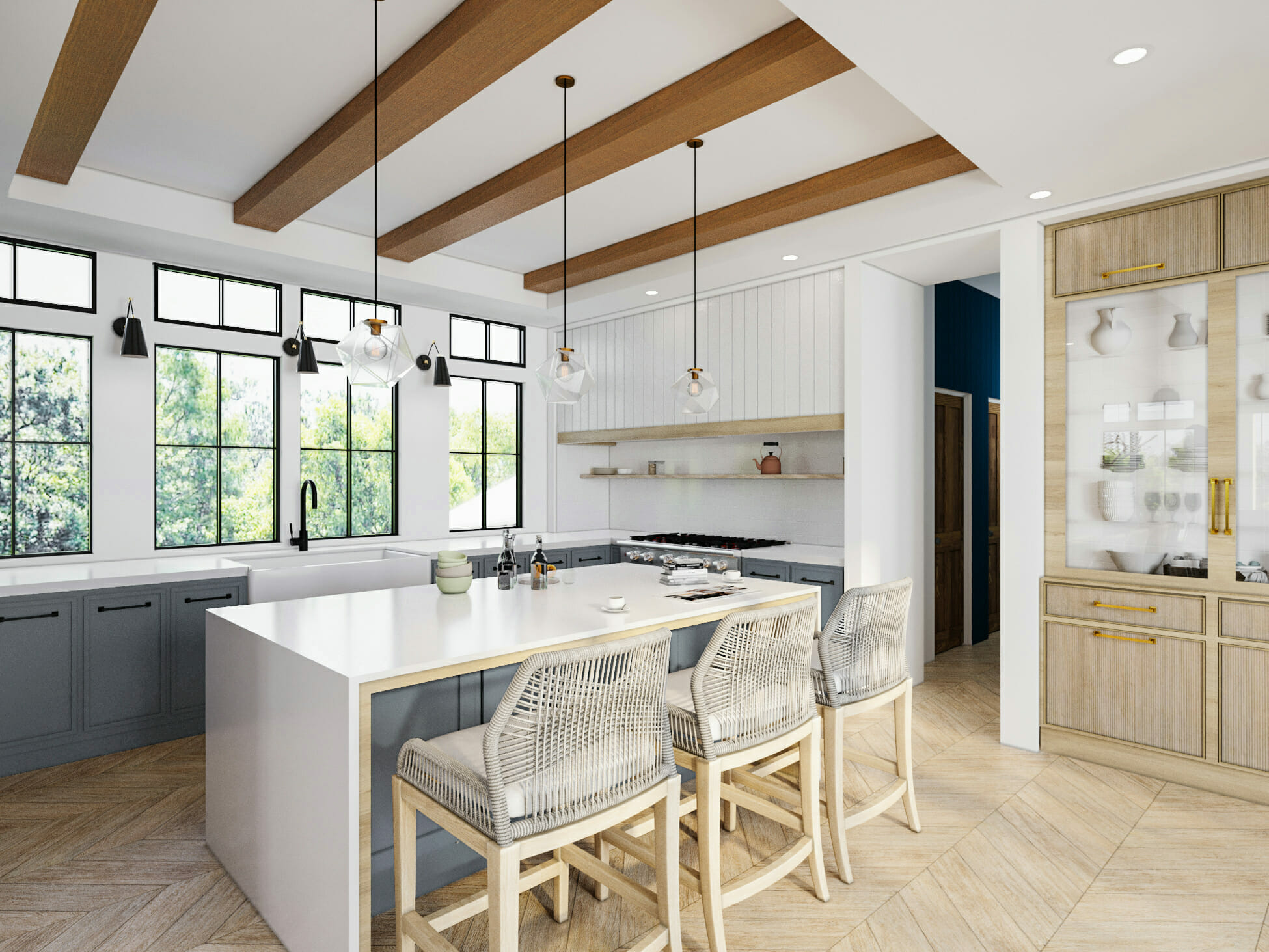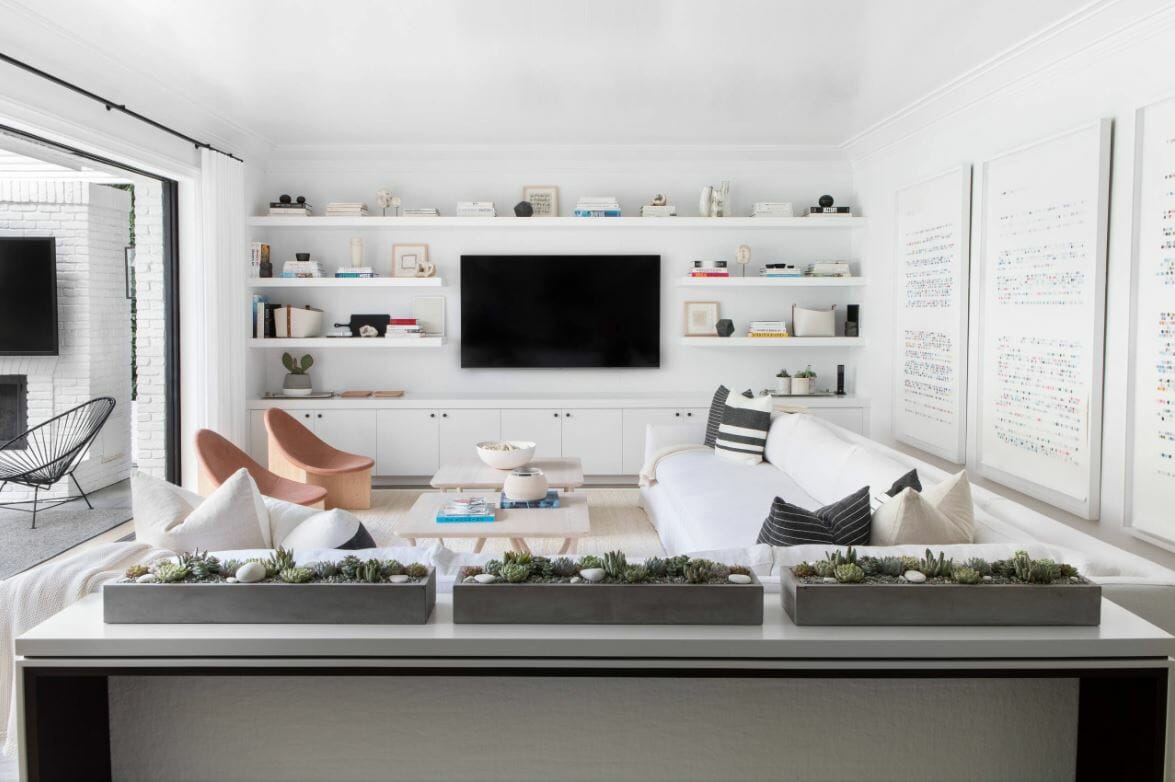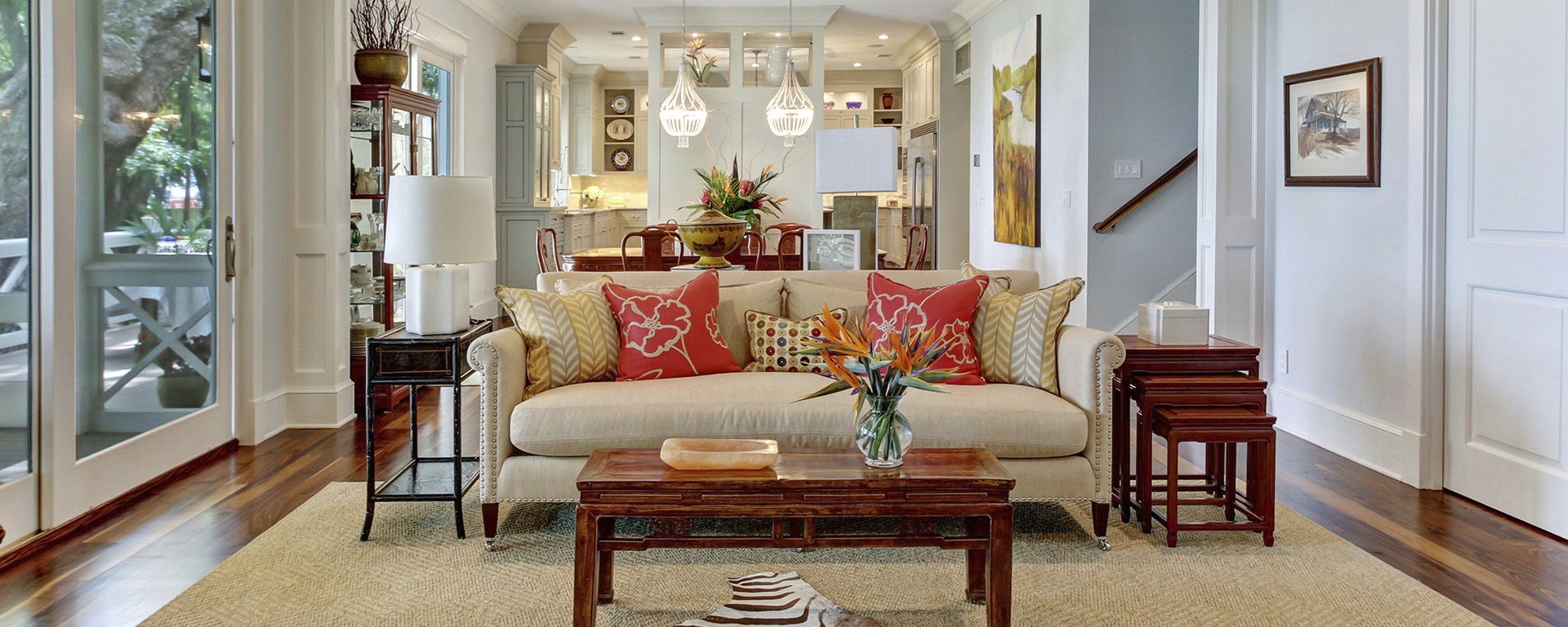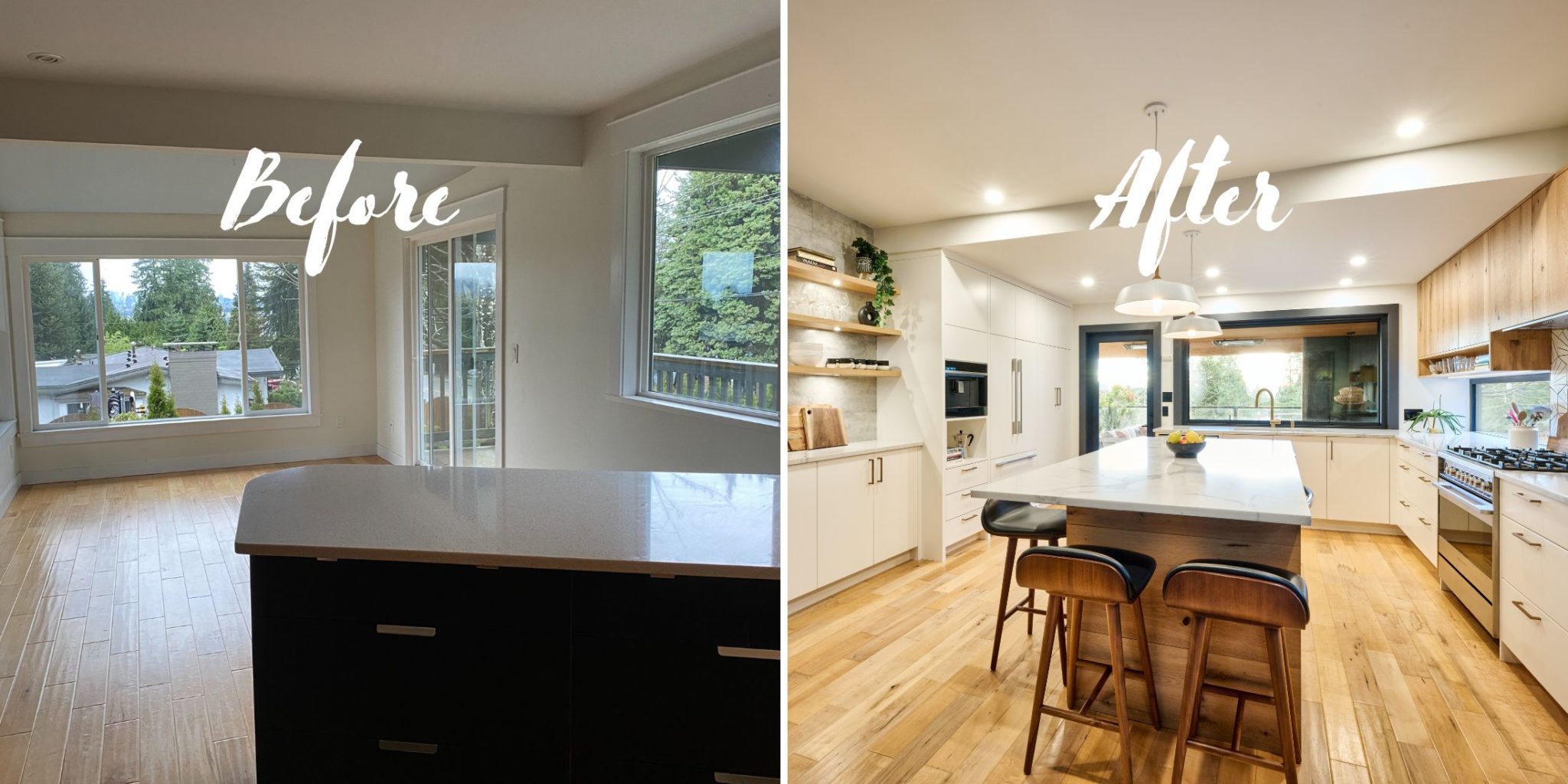Welcome to the exciting world of interior design and remodeling! Whether you’re looking to refresh your current space or completely overhaul it, the possibilities are endless. With years of experience under my belt in this exhilarating field, I can assure you that the journey of transformation is as fulfilling as the end result. In this article, we’ll delve into fundamental concepts, practical tips, and creative inspiration that will guide you through your own design projects. Let’s dive in!
Understanding Interior Design
What is Interior Design?
Interior design is more than just arranging furniture and choosing paint colors; it’s a blend of art and science that aims to enhance the functionality, safety, and aesthetics of a space. Successful interior designers understand how to combine creativity with technical knowledge to create functional and beautiful interiors.
The Importance of Interior Design
Good interior design can significantly affect how you feel in a space. It can enhance your mood, productivity, and comfort. Here are a few reasons why investing in interior design is worthwhile:
- Increases property value: Well-designed spaces attract potential buyers.
- Improves functionality: A good layout maximizes space efficiency.
- Reflects personal style: Your home should be a reflection of who you are.
Key Elements of Interior Design

Space
Understanding the space is crucial. It includes not just the physical dimensions but also how that space is utilized.
Tips for Planning Your Space
- Consider traffic flow.
- Identify focal points.
- Ensure adequate lighting.

Color
Color has the power to evoke emotions. Choosing the right color palette can set the tone of a room. A cohesive color scheme can create harmony and balance.
Color Psychology in Interior Design
| Color | Emotion | Best Use |
|---|---|---|
| Blue | Calm and Serene | Bedrooms and bathrooms |
| Yellow | Cheerful and Energetic | Kitchen and dining areas |
| Red | Passionate and Bold | Living rooms and dining rooms |

Texture and Patterns
Incorporating various textures and patterns adds depth and interest to your design. Be mindful not to overdo it; balance is key.
Lighting
Lighting can transform a space. Natural light is always best, but layered lighting (ambient, task, and accent) can help create the right mood.

Remodeling Your Space
What is Remodeling?
Remodeling involves altering the structure and layout of a space, which often includes significant changes like moving walls, adding new rooms, or changing the function of a space.

Why Consider Remodeling?
- To improve functionality.
- To enhance aesthetic appeal.
- To increase home value.
Steps to a Successful Interior Design and Remodeling Project

1. Define Your Goals
Start by asking yourself what you want to achieve. Do you need more space, or do you want to create a more inviting atmosphere? Defining your goals will guide your design choices.
2. Set a Budget
Establish a clear budget before starting your project. This will determine the scope of your design and materials.
3. Research and Gather Inspiration
Look for inspiration online and offline. Use platforms like Pinterest and Houzz to gather ideas and create mood boards. Don’t forget to consider your own style!
4. Create a Floor Plan
A floor plan is essential for visualizing the layout of your space. You can use software or even graph paper to sketch out your ideas.
5. Choose Materials Wisely
When selecting materials, consider factors like durability, maintenance, and environmental impact. Sustainable materials are becoming increasingly popular.
6. Hire Professionals or DIY?
Decide if you want to tackle the project yourself or hire professionals. If you’re unsure, it might be worth consulting an interior designer or a contractor.
Pros and Cons of Hiring Professionals
| Pros | Cons |
|---|---|
| Expertise and experience | Higher costs |
| Access to resources | Less personal control |
| Time-saving | Finding the right person can be challenging |
7. Execution and Final Touches
Once the work begins, stay engaged throughout the process. After the major renovations, consider the final touches—accessories and furniture that reflect your personality.
Common Interior Design and Remodeling Mistakes to Avoid
1. Ignoring Scale and Proportion
One of the most common mistakes is choosing furniture that is either too big or too small for the space. Always consider the scale when making purchases!
2. Overlooking Lighting
Ambient lighting is crucial. Don’t rely solely on overhead lights; incorporate lamps and sconces for a layered look.
3. Forgetting about Functionality
While aesthetics are important, don’t forget about how the space will be used. Design should enhance how you live.
DIY vs. Hiring Professionals: A Deeper Dive
When to DIY?
If you have a knack for home improvement and a limited budget, consider taking on smaller projects yourself. This may include painting, wallpapering, or even tackling simple furniture assembly.
When to Hire?
For extensive remodeling, such as structural changes, plumbing, or electrical work, always hire licensed professionals to ensure safety and compliance with building codes.
Interior Design Trends to Watch in 2024
1. Biophilic Design
Bringing nature indoors continues to trend, with plants, green walls, and natural materials featured prominently.
2. Multifunctional Spaces
As our lifestyles evolve, spaces that serve multiple purposes, like home offices that convert into guest rooms, are gaining popularity.
3. Sustainable Design
Eco-friendly materials and energy-efficient designs are becoming essential as more people become aware of environmental issues.
Conclusion
Transforming your living space through interior design and remodeling can be an incredibly rewarding journey. Whether you’re building a home from the ground up, refreshing a space, or completely renovating, the key is to remain true to your vision. Remember, design is subjective, and it should reflect your personal style and meet your needs.
FAQs About Interior Design and Remodeling
What is the difference between interior design and interior decorating?
Interior design involves planning and enhancing the functionality and safety of a space, while interior decorating focuses primarily on aesthetics and style.
How long does a remodeling project usually take?
The timeline depends on the project’s scope. Minor projects can take a few weeks, while extensive remodels may last several months.
What are some budget-friendly interior design ideas?
To save costs, consider DIY projects, shop at thrift stores, and repurpose existing furniture instead of buying new.
How can I find a good interior designer?
Look for recommendations, check online reviews, and be sure to view their portfolio to ensure their style aligns with your vision.
What are the most important factors to consider in interior design?
When designing, consider functionality, space layout, color schemes, lighting, and personal style.
Thank you for joining me on this journey through interior design and remodeling. Let your creativity flow, and happy decorating!